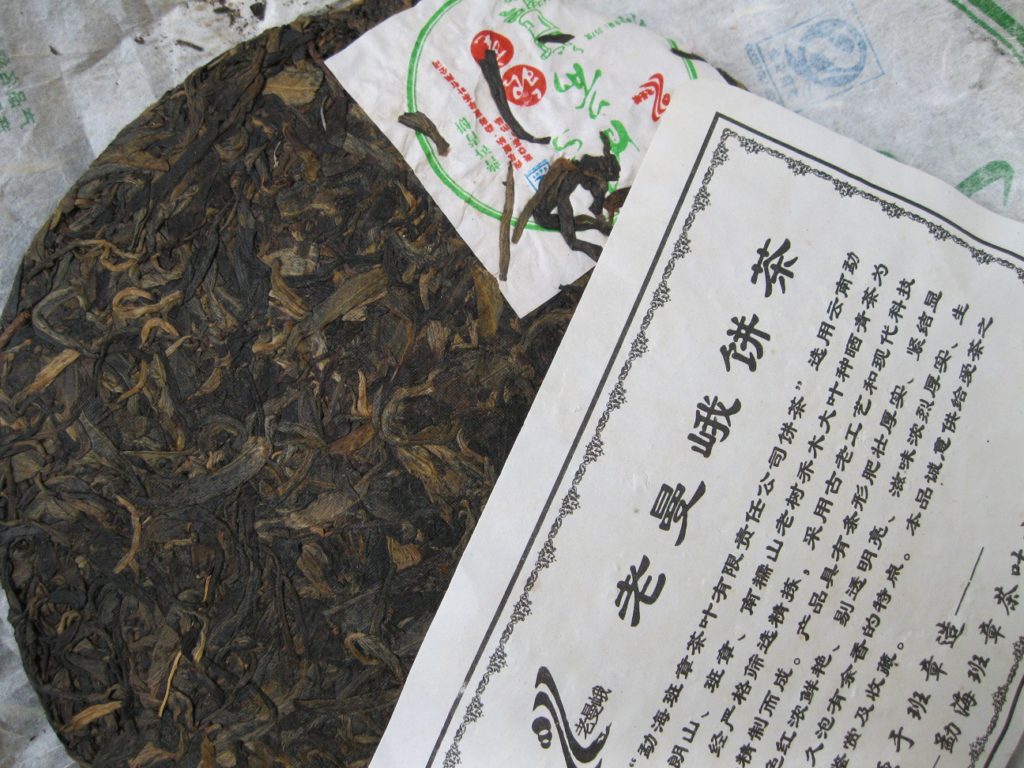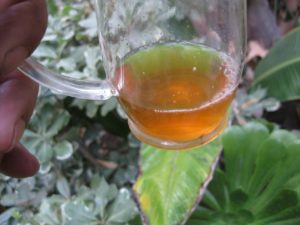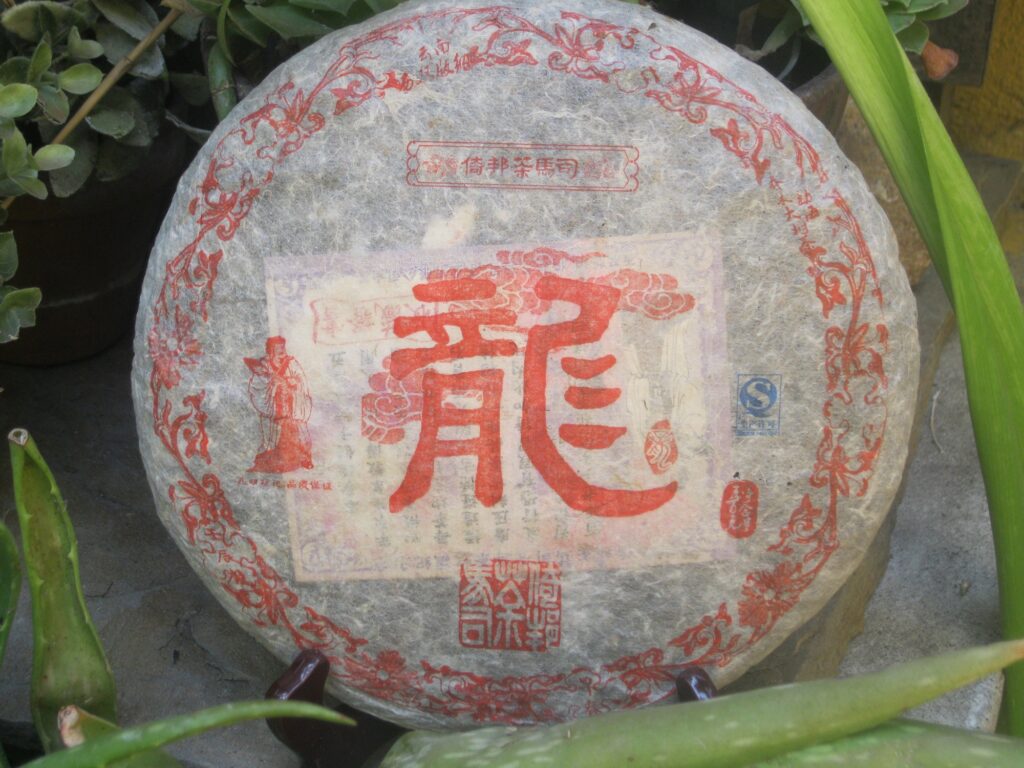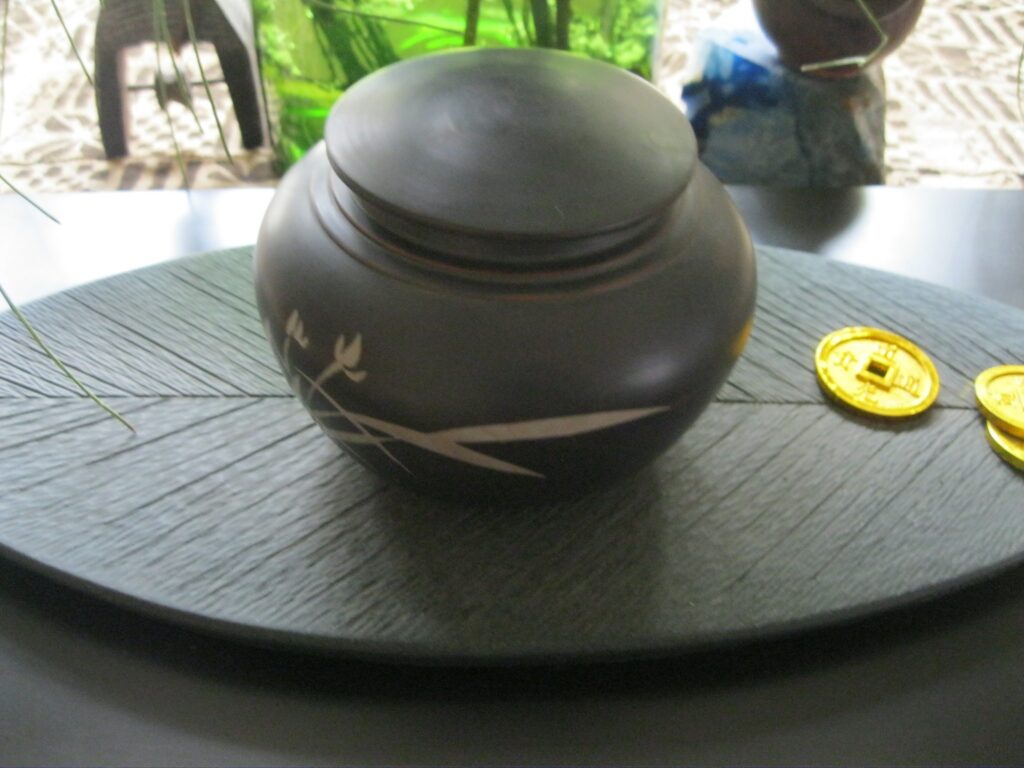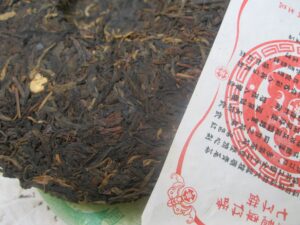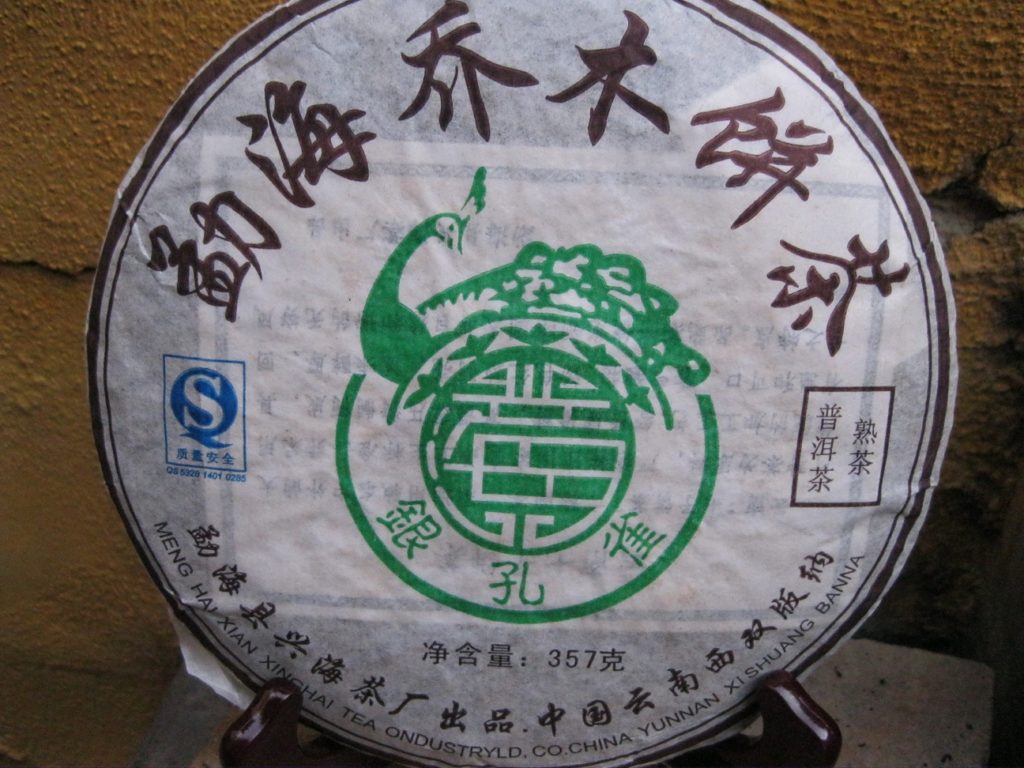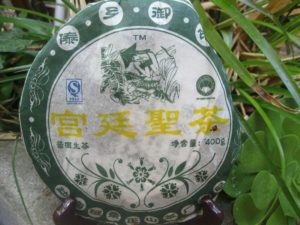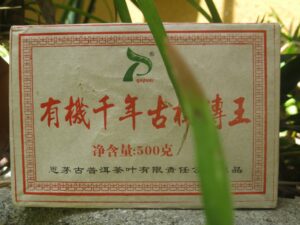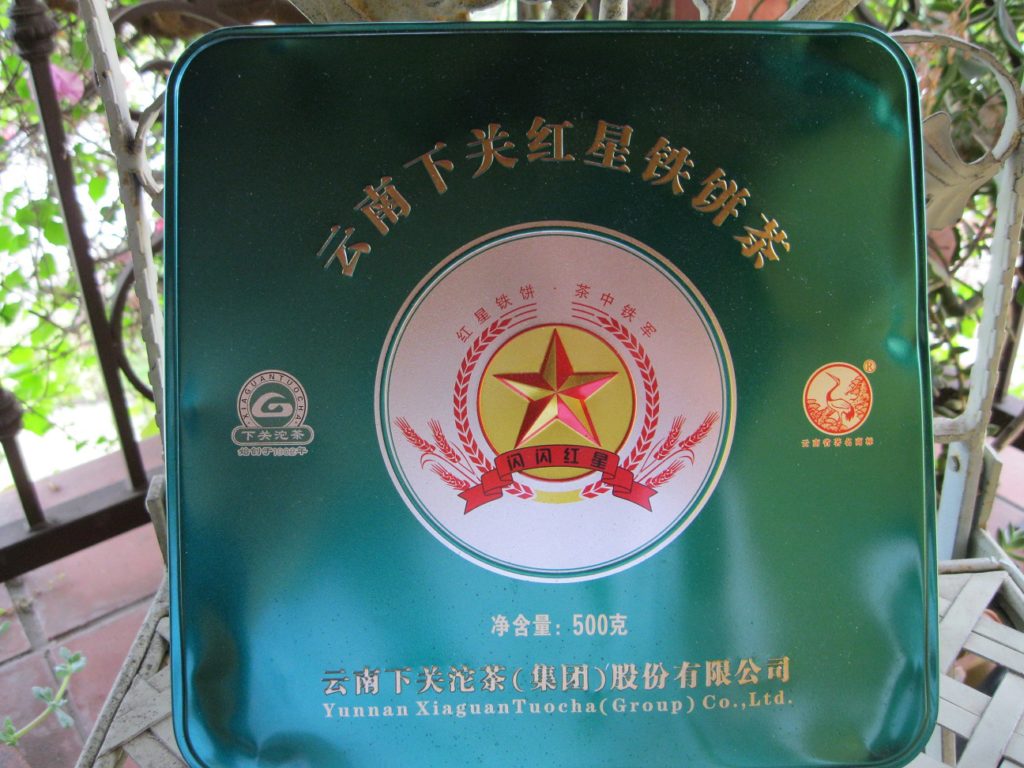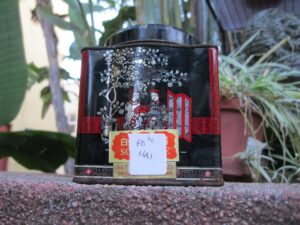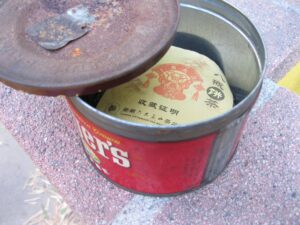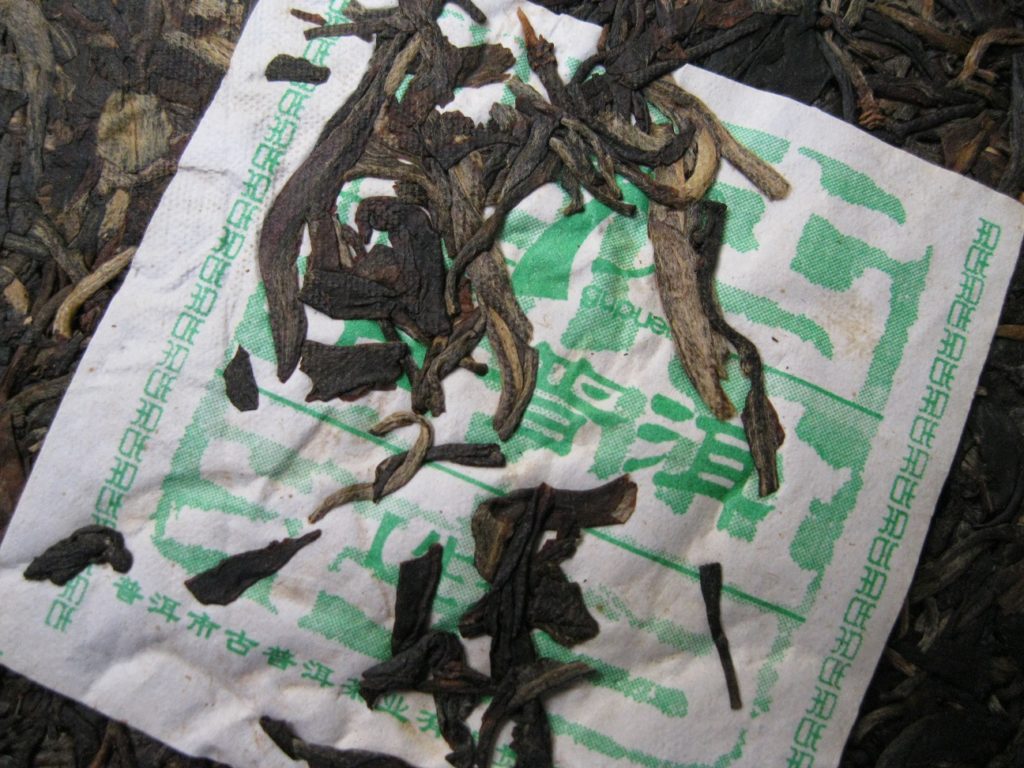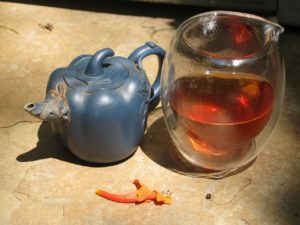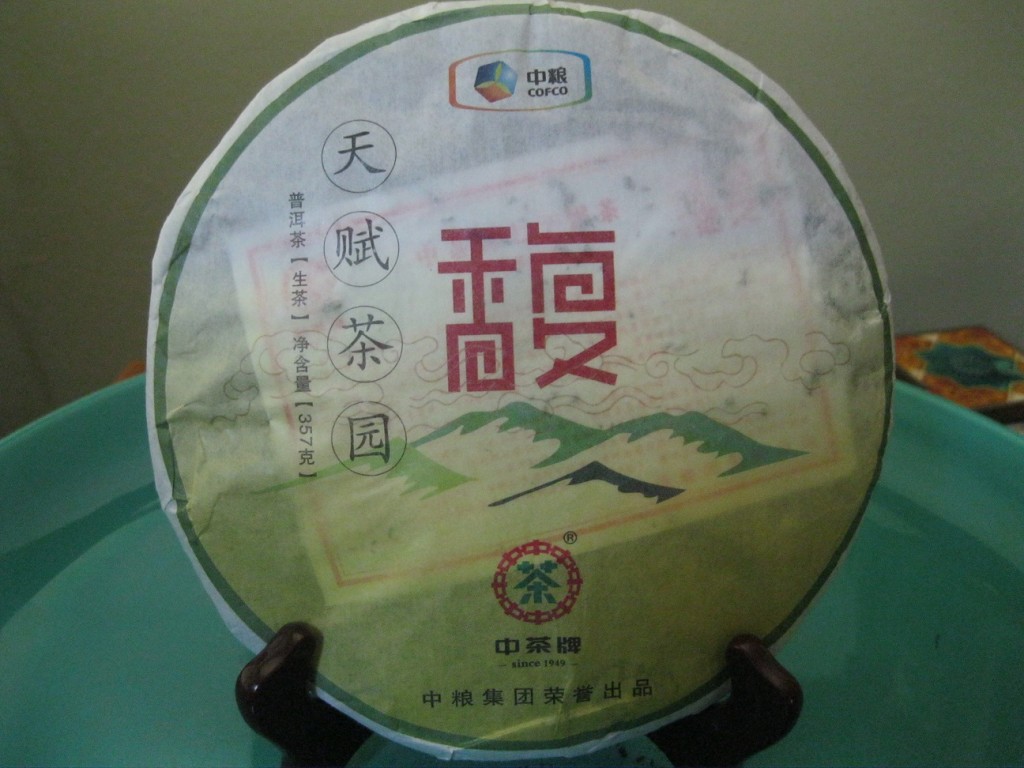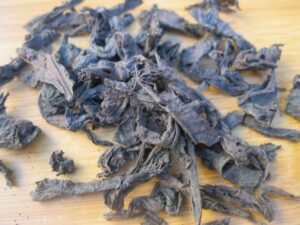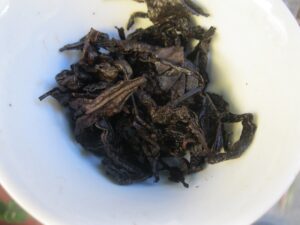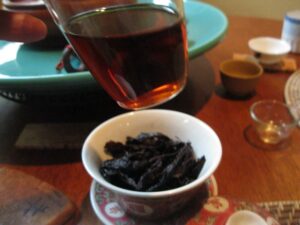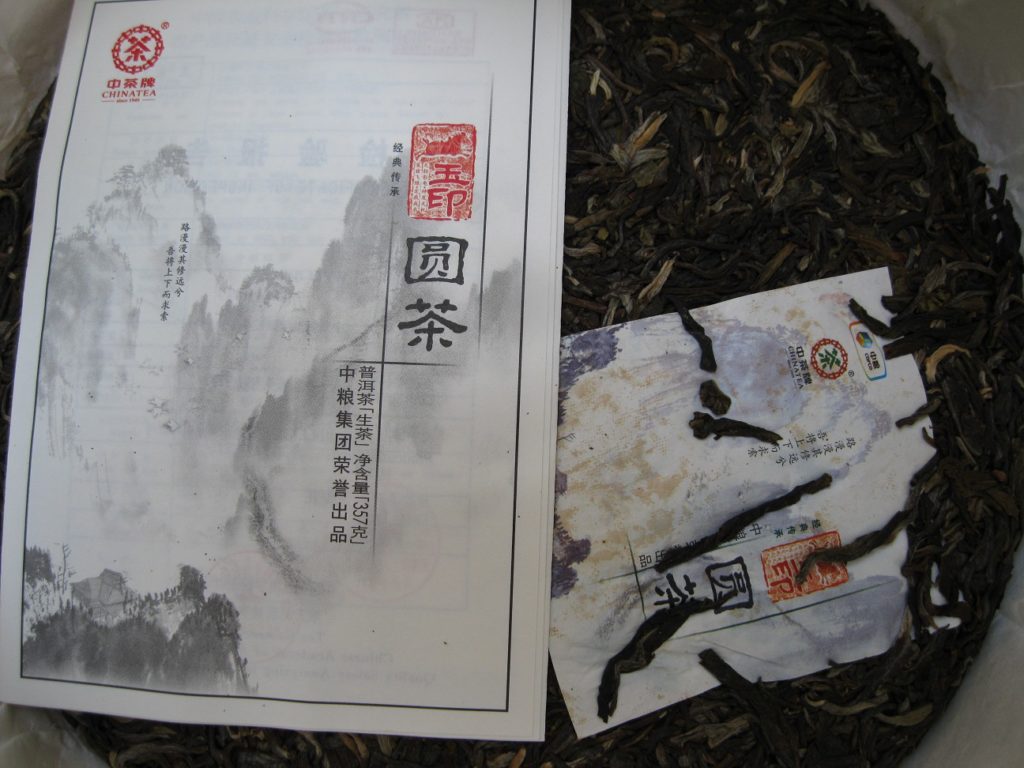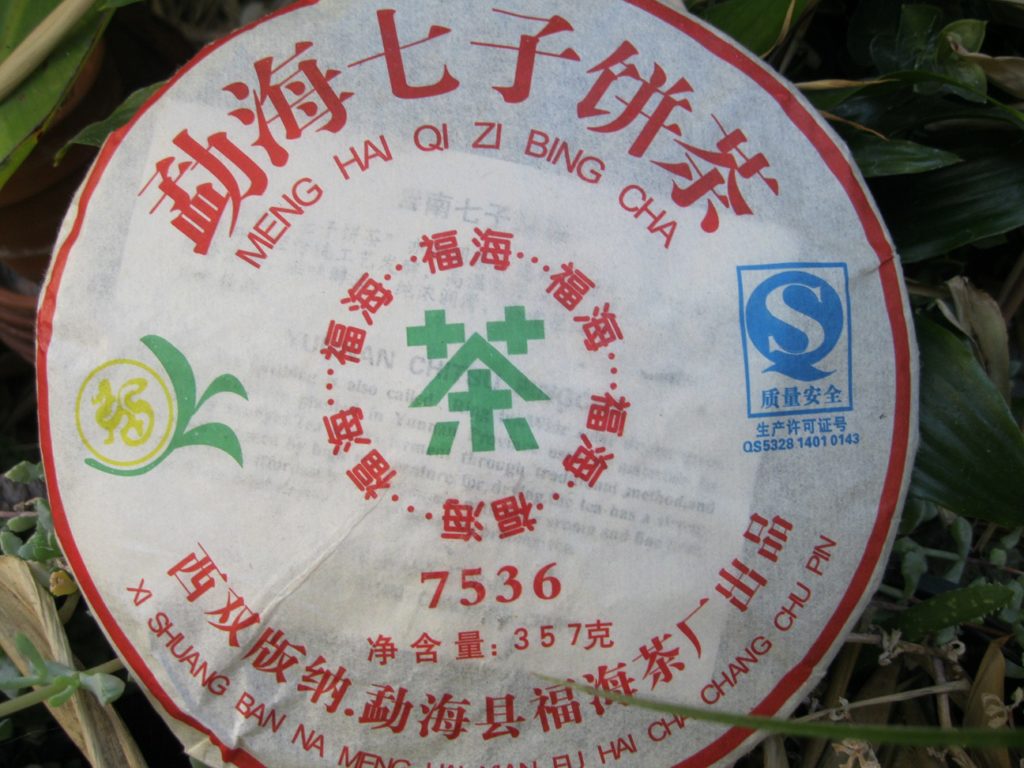Puerh Rating: LME Spring
The Puerh Junky Rating System (PJRS) takes on the LME Spring. LME is a factory that started to raise its profile around ’14, but whose older productions had hidden under the radar till 2020. This factory of late has gained attention as the high-profile productions have vanished from the market and the value seekers continue their pursuits.
LME Spring is highly representative of aught productions: generally high quality, traditional processing, and atomic compression. The year ’07 was likely the apex of atomic compression, as a thought occurred that cakes shouldn’t bear the same pressing characteristics of tuo and many bricks.
Compression invariably affect how an offering will brew. The LME Spring brews with fantastic consistency and duration.
After three rounds the total was as follows:
- Aroma 14
- Clarity 11
- Sweetness 10
- Viscosity 10
- Astringency 9
- Huigan 13
- Qi 15
Reflections
The LME Spring is an incredibly sophisticated raw puerh cake without the sophistry of water cooler hearsay. Even though the wonderful floral notes are quite obvious, it appears to be a Zen class production heading toward root beer. The flowers come through in the huigan, which is nearly perfect.
Speaking of perfection, the qi score is. There probably aren’t any other productions that score perfect on qi and certainly none at this price. It also possesses a phlegm-cutting attribute. Along with the flowers in taste, there’s serious Malt O’ Meal notes, with some salivary friendly sour notes.
Conclusions
The LME Spring is for those who enjoy the marriage between floral and Zen productions. The durability alone makes this an extraordinary offering, given its qi it’s essentially a steal.
Puerh Rating: LME Spring
82/105 B

